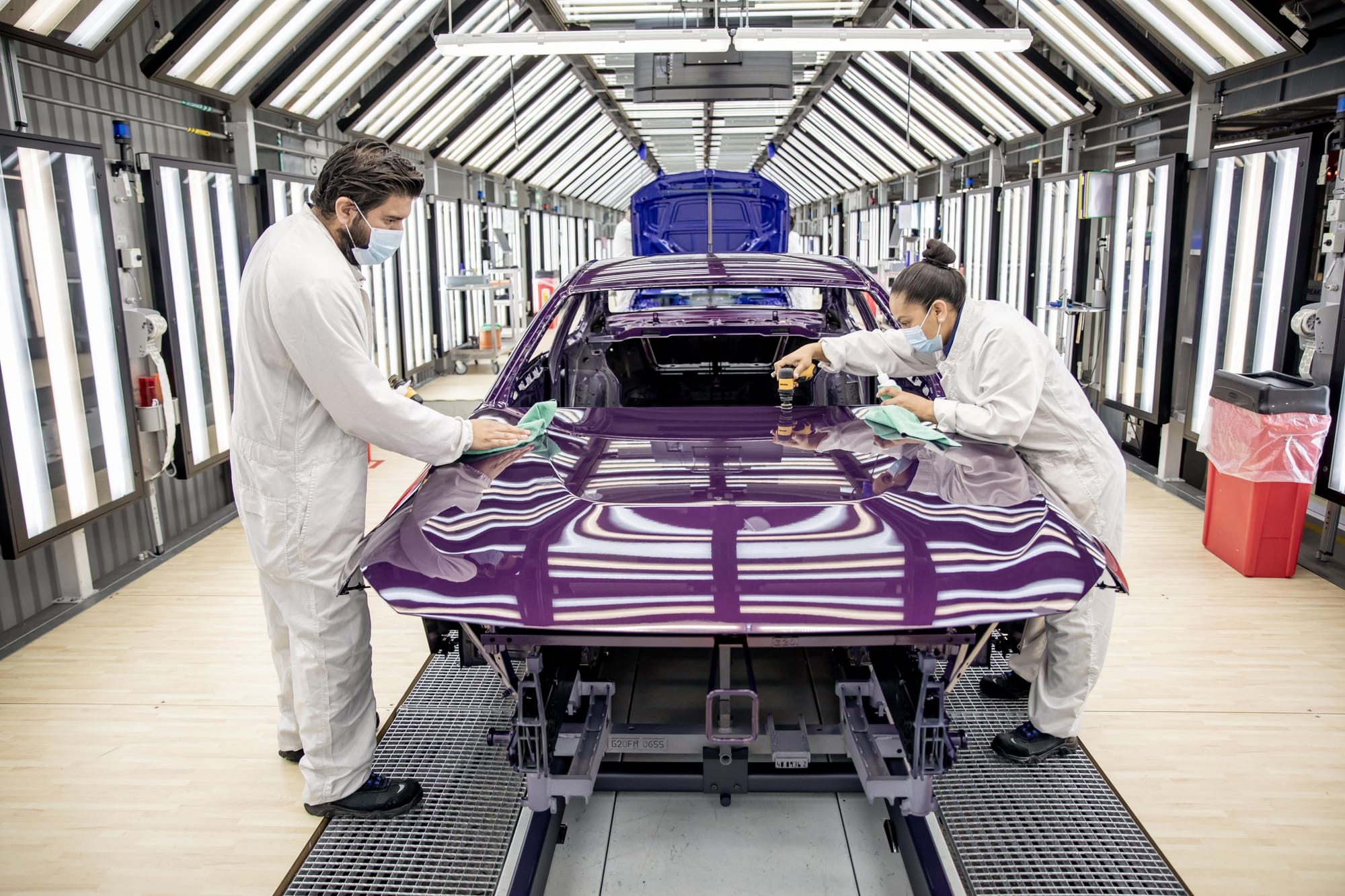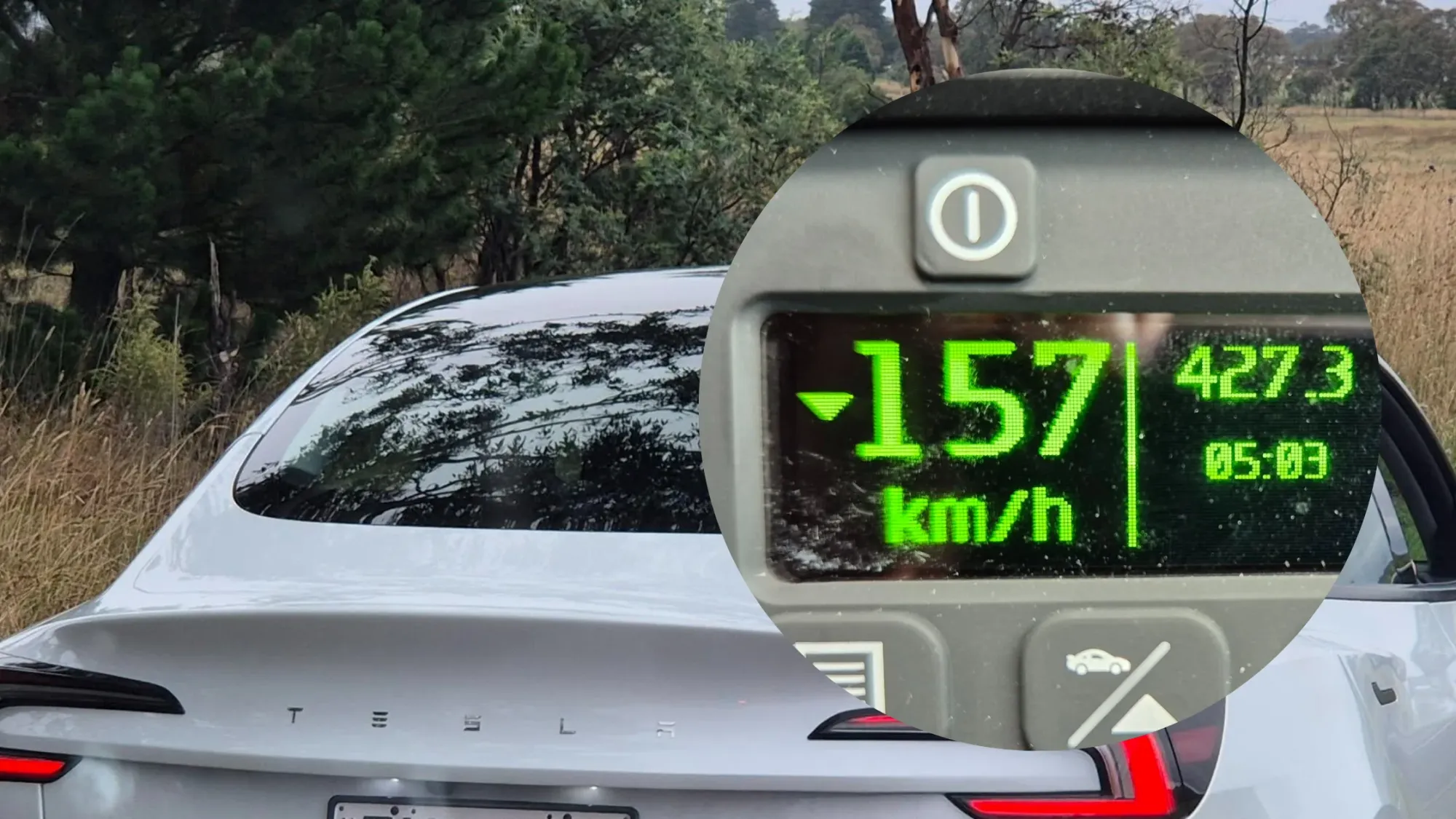The automotive industry is sounding alarms as economic indicators suggest a potential recession could be on the horizon. With rising interest rates, inflation, and shifting consumer behavior, automakers are bracing for challenges that could impact sales and profitability in the coming months.
Economic Indicators: The combination of high inflation and elevated interest rates is straining consumer finances, leading to decreased purchasing power and a decline in vehicle sales.
Sales Forecasts: Analysts predict that while some automakers may see slight increases in sales, overall performance could be hampered by economic headwinds. Concerns about a recession are particularly acute in markets like the U.S. and Germany, where consumer confidence is wavering.

Inventory Challenges: Although the chip shortage has improved, inventory levels remain below pre-pandemic norms, which could exacerbate issues if demand drops further. Automakers are cautious about overproducing in an uncertain market.
Discounting Trends: As inventory increases, manufacturers may need to offer more discounts to stimulate sales, potentially impacting profitability. However, there is room for discounting without severely affecting margins due to historically low incentive levels.
Current Industry Sentiment:
- The sentiment within the automotive sector has turned pessimistic, with many companies adjusting their forecasts downward amid fears of declining demand.
- Major players like Volkswagen and Mercedes-Benz have already reported weaker-than-expected performance, prompting concerns about their ability to navigate the upcoming economic landscape.

The automotive industry is at a crossroads as it faces potential recessionary pressures. While some companies may adapt successfully through strategic pricing and inventory management, others may struggle to maintain profitability in a challenging economic environment.
As the automotive sector prepares for possible downturns, stakeholders must remain vigilant and adaptable. The coming months will be critical in determining how well the industry can weather these economic storms while continuing to meet consumer demands.














